Attractions of Croatia
Croatian territory includes more than a thousand islands of different size, and 66 of them are inhabited. In the country there are seven amazing national parks, three of them are located on coastal islands of Mljet near Korcula, Pula and Brijuni about Kornati near Zadar. You will see the Plitvice Lakes, the Old Town of Dubrovnik and the historic center of the palace of Diocletian in Split on the UNESCO World Heritage List.
In Croatia, you cannot just relax by the sea on the beach and enjoy the beauty of pure nature, but also look at the numerous monuments of history and culture. Having visited Pula and Split, you can admire the ancient architecture of antiquity: in Pula, e.g. perfectly preserved amphitheater, a temple of Augustus and Sergievatsa arch, while Split, already mentioned above, the monumental Diokletian Palace (IV cent).
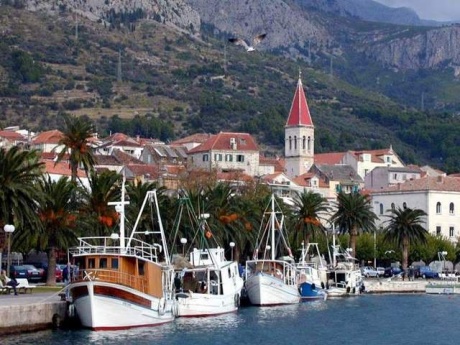
In Porec in the church is a mosaic Euphrasian early Byzantine period, according to its value equal to Ravenna mosaics. Early Romanesque style is different from Zadar rotunda of St. Donats, which is one of the largest churches in Europe, and comparable in its grandeur to the cathedral of Charlemagne in Aachen. The Romanesque style typical for the islands of Krk, Rab and Trogir: the cathedral and the portal Radovan in Pazin, the most eastern cathedral (XIII cent.) in Zagreb. Besides the Renaissance defined the architecture of a Paga, Osorio, Sibenik, Korcula, Hvar and Dubrovnik. Varazdin, Bjelovar and Vukovar have different architecture in the Baroque style.
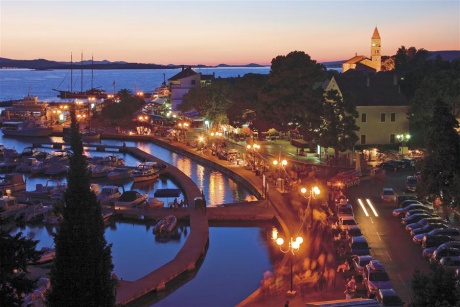
Zagreb
Being the capital of Croatia since 1557, Zagreb was formed by the merger of the cities Kaptol and Gradec (XI-XIII cent). Most of the old medieval town survived up to the present day, turning Zagreb into one of the most beautiful cities in Europe. It is rich in numerous museums, galleries and parks. The Gothic Church of St. Marks in the center of Hradec is of particular note, which is located near the presidential palace Banski Dvori Muzeyski-room - the most prestigious exhibition hall of the city, the building of the Croatian National Assembly (1908), and stone gate with the image of the Virgin Mary (XIII cent), a miracle surviving in the fire of 1731. The narrow pedestrian street called Ivan Zakmardiya leads to the cable car that connects the upper and lower parts of Zagreb, and then to the tower Lotrscak, which offers beautiful views of the citys cathedral of St. Stephen (1899). You are to see the medieval cathedral Archbishops Palace, once served as fortification against Turkish attacks, the central area of the cemetery Josip Jelačić Mirogoy, one of the most beautiful cemeteries in Europe, as well as the picturesque market Dolach.
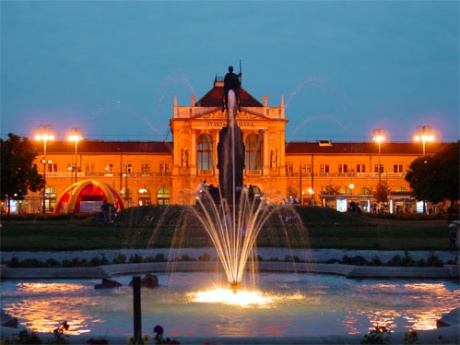
University of Zagreb, which was founded in the XVII century, is considered to be one of the oldest universities in Europe.
Pedestrian zones with cafes and restaurants in the open air terraces and balconies scattered throughout the city give special charm to the Croatian capital, such zones are abundantly decorated with flowers. Almost through the entire length of Zagreb, from the old center and up to the mountain Sljeme, there is a park strip in which is distinguished with Botanical Garden and the Maksimir (XIX cent) which is the largest park construction yard in Croatia.
Forty-two kilometers from Zagreb there is the famous resort called Naphthalan, which has the worlds only source of oil treatment "naftalan" and springs of sodium chloride hot mineral waters.
Istria.
Istria is the westernmost peninsula of the country and lies upon the border with Italy. It is considered to be one of the most famous resort areas on the entire Adriatic coast, and it is called "Istrian Riviera" for its unique resort features. This Riviera is a beautiful coastline of four hundred and thirty kilometers, pure sea, a wonderful mild climate (beach season lasts from May to October) and rich history.
The medieval town of Rovinj is considered to be the pearl of Istria. It is known for its 57-meter baroque cathedral Saint Eufimija (1736), the largest building in Istria with a belfry and the tomb of the saint. At the top of the belfry there is a bronze sculpture of the Holy Eufimija, which can rotate and show the wind direction. On the street Amikis there is a Franciscan monastery and church (XVIII cent.) with a museum and a rich library. Around the city there are twenty-two beautiful islands, known as centers of nudism and beach vacations in Croatia. These are Mons, Crvena flow, ("Red Island"), Koversada, Valalta and the island of Catherine. Also here are the sunken island of Chiss and passenger ferry "Baron Gaucho", the best places for diving in the whole Croatia.
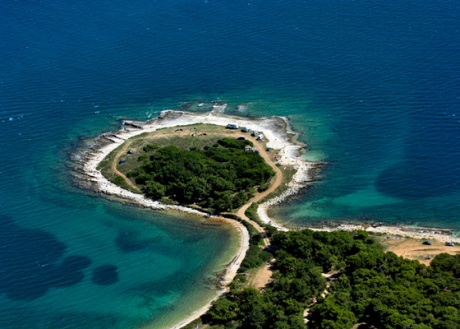
Among the small narrow fjords to the north of Rovinj, the town of Porec lies, the center of early Christianity and cultural monument of world importance. The old town is replete with numerous sights. Those are the ruins of two temples of the Roman period (Neptune and Great Temple), the cathedral Efrazian (VI cent), listed as a UNESCO World Heritage Site, with magnificent Byzantine mosaics, Decumanus Street and local history museum in baroque palace located there, the ancient street of the Cardo Maximus, and the remains of fortifications: Pentagonal, Circular and North-East Towers.
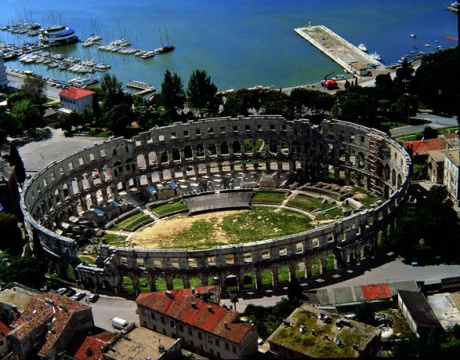
Pula, the largest city in Istria, is a great seaport and an international tourist destination. The old town has many museums. The ruins of Roman buildings are particularly noteworthy: Roman Wall, the Roman theater with a gate (II century AD), an amphitheater arena (I century BC), Arc de Triomphe Sergievatsa (Arch of Sergij), dating 27 BC and the Temple of Augustus. Stretching almost one hundred ninety kilometers along the beautiful bay Pula became one of the best European resorts with a stunning natural tourist resorts.
Brijuni Islands.
Brijuni island group, since 1983 being a National Park, is located six kilometers northwest from Pula. This group includes two large islands (Veliki Brijuni and Mali), and twelve small islands with magnificent forests. Here are the famous villas of Marshal Tito: Biela, Yadranska and Brionka, the medieval church of St. Germain on Veliki Brijuni, the ruins of a Roman villa (I cent. BC), safari park, a fine ethnographic museum and a large number of modern hotels. The whole Venetian fleet is flooded right by the coast of the archipelago Brijuni.
Split.
This is the second largest Croatian city, is a center of Middle Dalmatia, and a major transportation hub of the country. Old Town (III cent. BC) is located in the southern part of the high peninsula, and its western part is occupied by a vast park. The main attraction of Split is the square white stone fortress of the Palace of Diocletian (III century), which is considered to be one of the most interesting Roman monuments in Europe. Make sure to observe the area of the Peristyle with the Neo-Romanesque tower of the Cathedral above, the Golden and Silver Gates, outdoor canopy entrance hall, the Cathedral of St. Due to the sarcophagus, the patron saint of Split (VII century), rebuilt from the mausoleum of Diocletian, the temple of Jupiter, the Venetian Tower (XV century) and the Venetian Gothic Town Hall (XV century).
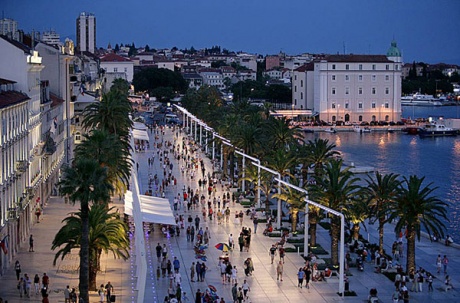
You can climb the hill Marjan through a splendid pine grove, the old chapels and the city zoo, and you can enjoy the wonderful panorama of Split from there. To the south-east of the city there is the most interesting archaeological site in Croatia - the ruins of the ancient city of the capital Dadmatsii Salon. Here, to this day there is an ancient cemetery called Manastirine Kaplyuk and Basilica (V century), a small baptistery with the columns, water, laid along the old city walls, Caesar Gates(I century BC), public baths, a huge amphitheater (II century AD) and an archaeological museum with sculptures Tuskulyum in wall niches.
Korcula.
Korcula, as well as many Croatian islands, has managed to retain its natural riches: centuries-old pine forests, lush tropical vegetation, picturesque bays and coves, beautiful underwater world. It stretched along the coast of cozy beaches. The town with the same name Korcula is very popular among the tourists. According to the legend, it was founded in the XII century BC by Trojan hero Antenor. The medieval fortification wall surrounding the city was partially demantled in the XVIII century, only a part with eight mighty towers is now preserved: right behind one of them there is the entrance to the Old Town. The main attractions of Korcula are centered around Cathedral Square. This Gothic Cathedral of St. Mark, the Museum of Icons, All Saints Church, the palace Gabrielis (XV century), which is now the City Museum with the current exhibition of works of art, Bishops Palace with treasury (XVI century), the house of Marco Polo (according to some sources, this great traveler, was born here in 1254).
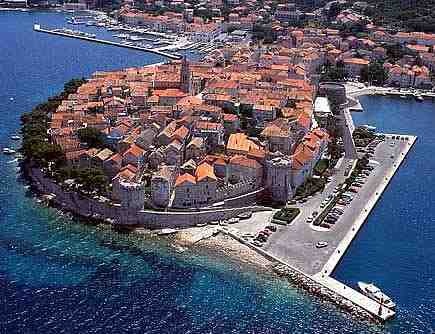
Dubrovnik.
Dubrovnik, known as the "Pearl of Croatia", located on the southern Adriatic coast. This city, founded more than 1300 years ago, is the center of the Dubrovnik Riviera, and listed as a "world treasure by UNESCO. It is better to observe its the city from the powerful fortifications and Pile Gate, which were erected in XIV century. The walls have freestanding fortresses, Revelin Lovrienats, and eighteen towers different in form and shape , each is decorated with a sculpture of St. Vlach with the layout of Dubrovnik in the left hand. In the tower of the fortress of St. Ivan (XVI century), there are Aquarium and Maritime Museum. And after going through the courtyard of the tower, you can get to the main street called Stradun , its contours divided city from the strait. In a small area on the right of the gate there stands a majestic fountain Pila Onofrio (1438) and the Franciscan monastery, where they still have one of the oldest pharmacies in Europe (1391). In front of the clock tower, which is located in the eastern area of the Plaza, surrounded by the buildings of the Church of St. Vlach (1707 - 1715 years) there is a column of Orlando and the Sponza Palace (Dibon, XVI century). Nearby there is the nunnery of St. Clara and the Gothic Rectors Palace (Princes Palace, 1441), where the City Museum is located today. Close to this there is the City belfry of 31 meters, the National Theatre Marina Drzhika (XIX century) and the Cathedral of the Assumption of the Virgin Mary (1713). There is a stairs from the cathedral to the Jesuit Church of St. Ignatius with a beautiful imposing Baroque façade. The College (1699 - 1725) was connected to the church building, and next to the fortress walls on the opposite hillside there is a magnificent portal of the Dominican monastery (1301) with a museum and a beautiful courtyard. It is necessary to pay attention to the oldest synagogue in southern Europe, Ethnographic Museum, the Church of St. Saviour, Art Gallery and University Center. The narrow picturesque streets, houses with tiled roofs and arcades on the ground floor, the small square with a fountain, adorned with statues, small shops and restaurants of the old town street – all of this is another face of Dubrovnik. The bottom of the sea near the coast is the dream of every diver.
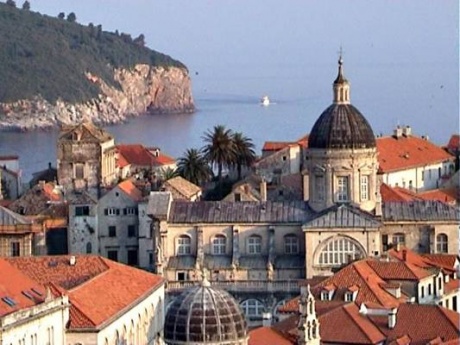
Cavtat is located ten kilometers from Dubrovnik, it is a popular resort where you can admire many ancient ruins, Prince Palace with an active museum within, the chapel of St. Roch, which is the mausoleum of the family Račić, Franciscan Monastery, the Cathedral of St. Nicolaus and a beautiful seaside promenade.
The area of Croatia is replete with medieval castles, among which we should point out Fridrihshteyn old castle (XIV century) on the mountain and the castle Bogenshperk with the museum Valvasora, located near the Lithia. Castles Khmelnik (XIII century) and Zhuzhemberk are also noteworthy, the second one is a rare example of "water castle", which was built on an island Otočec, Turyaksky Castle, one of the most famous and majestic castles of Croatia, as well as about eighty summer residences of the local elite in the style of Renaissance, built in the northern part of the country on the territory of the Dubrovnik Riviera.
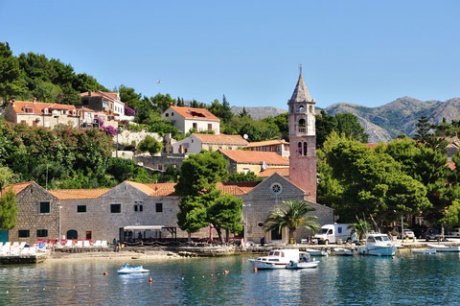
Parks.
In Croatia, there are seven amazing national parks. Plitvice Lakes National Park along with Split and Dubrovnik are included in UNESCO World Heritage List. Here, among the rocky mountains covered with the thick pine, beech and larch forests, sixteen lakes lie, with waterfalls of incredible beauty. In the juniper bushes there is home for over one hundred and twenty species of birds and many wild animals, among which there are rare ones Europe, e.g deer, wolves, and mouflon.
Krk National Park is on the protection of the unique nature of the same river that flows through the deep canyon over seventy-two miles, forming a lake creek and seven waterfalls. One of them is a unique lake between Skradinski whirlpool and waterfall Roshskim, stretches for thirteen miles long, there is Visovats island in the middle with a monastery of Franciscans on it. Besides the natural beauty of the park Krka you will find a big variety of plants and animal species. It is one of the richest European parks.
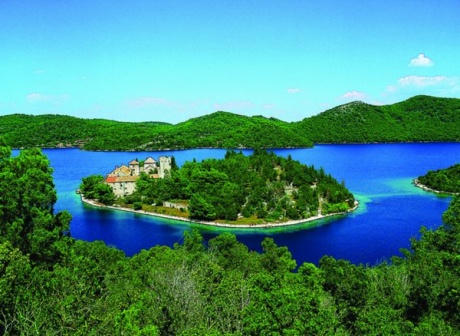
Mljet near Korcula, Pula, Brijuni about, Kornati around Zadar, as well as continental park Biokovo, Paklenica, Velebit, Rysnyak, Kopački and many other protected areas are not less interesting. In this very small country nearly one-tenth of the land and the hundredth part of the sea is being protected.
{banbottom} Croatia
About the country
Croatia
About the country

 Montenegro
Montenegro Slovenia
Slovenia Albania
Albania